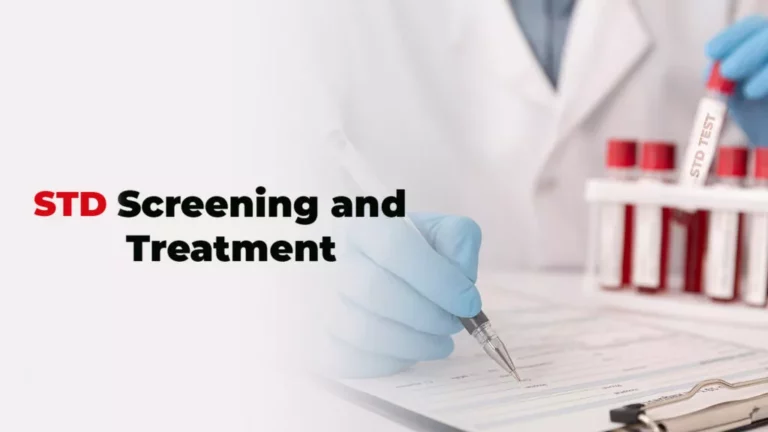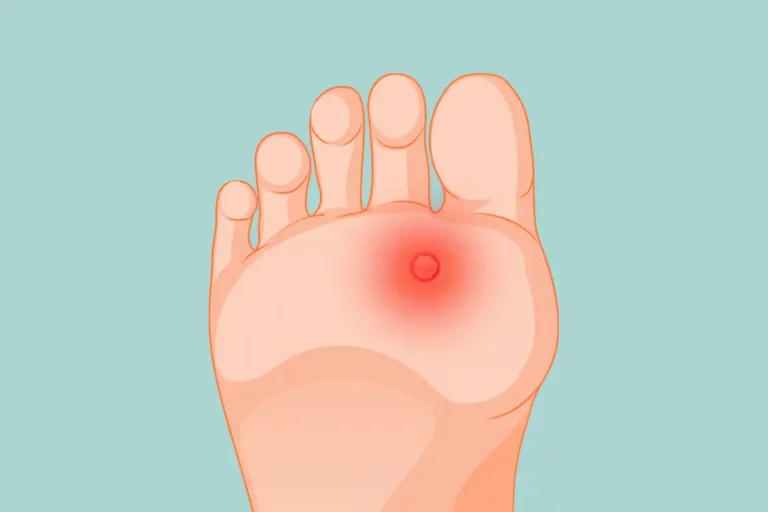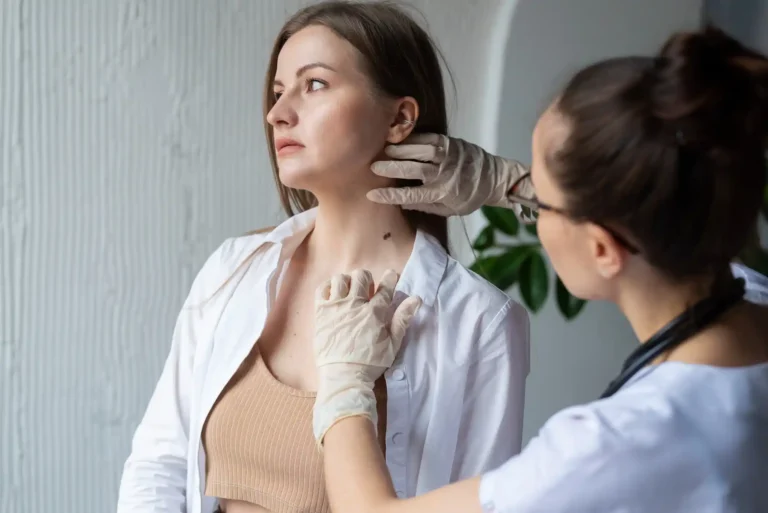Spotting during ovulation is something many women experience but don’t always understand. It usually appears as light bleeding or bloody discharge during ovulation and is often harmless. However, it can lead to questions about fertility, hormonal balance, or early pregnancy signs. In this guide, we’ll explain what causes bleeding during ovulation, what it looks like, and how to tell if it’s normal or a sign to see a doctor.
Understanding these changes helps you stay informed and confident about your menstrual health.
What Is Ovulation Bleeding or Spotting?
Bleeding while ovulating, also known as ovulation bleeding, occurs when a small amount of blood appears mid-cycle, typically around day 10–16 in a typical 28-day cycle. Not all women experience it, but for those who do, it is usually nothing to worry about.
How Ovulation Spotting Happens
When your ovary releases an egg, the follicle (a small sac containing the egg) can sometimes rupture slightly, causing minor bleeding. This is why some women notice light spotting during ovulation.
Bloody discharge during ovulation can appear pink, red, or brown in color. The blood is usually very light, often just enough to notice on your underwear or a panty liner. It can last a few hours to a couple of days.
If you experience irregular bleeding frequently, it’s a good idea to discuss it with a provider where women’s health services are available for quick evaluation.
Why Am I Spotting During Ovulation?
There are several reasons why you might be spotting during ovulation. Hormonal changes play a major role. During ovulation, estrogen levels drop slightly before progesterone rises, which can lead to a small amount of bleeding. Some women also experience mild pelvic pain or cramping, known as “mittelschmerz,” during this time.
Other possible causes include:
- Small ruptures in ovarian follicles during egg release
- Sensitivity of the uterine lining
- Minor hormonal imbalances
- Side effects of birth control or fertility medication
If spotting continues for more than a few days or happens often, it’s a good idea to discuss it with a medical professional. You can easily request a prescription refill online if you’re already on hormonal medication and want to stay consistent with your treatment.
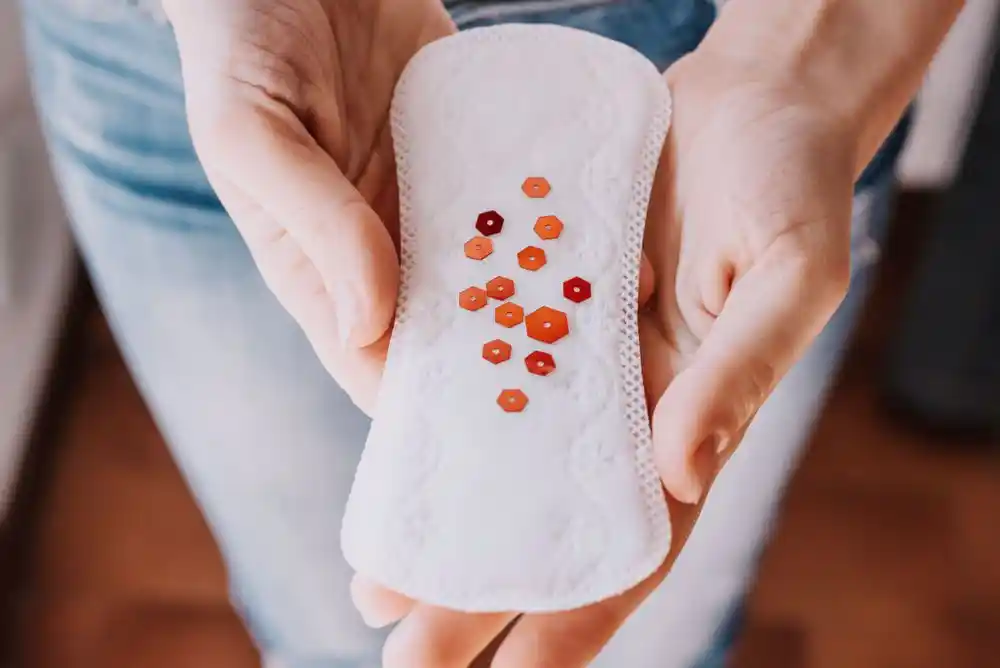
Is It Normal to Spot During Ovulation?
Many women wonder, “Is it normal to spot during ovulation?” The answer is yes, spotting during ovulation is generally normal and nothing to worry about. It happens because your hormone levels, especially estrogen and progesterone, fluctuate around the middle of your cycle. These changes can cause the lining of your uterus to shed a small amount of blood, leading to light spotting.
Most women notice light spotting during ovulation, which may look like a few pink or brown spots on their underwear or tissue. Sometimes, the color may turn darker, known as dark brown spotting during ovulation, when the blood takes a little longer to leave the body. This is common and not usually a cause for concern.
But if you experience heavy spotting during ovulation or bleeding that lasts several days, it’s a good idea to talk to your doctor. In some cases, excessive bleeding may be linked to conditions such as ovarian cysts. These small, fluid-filled sacs can sometimes form on the ovaries and cause mid-cycle discomfort or irregular bleeding.
How to Identify Ovulation Spotting
If you notice light bleeding or discharge between your periods, it’s natural to wonder whether it’s ovulation spotting or something else. Ovulation spotting usually happens around the middle of your cycle, when your body releases an egg. This light bleeding is often a sign that your hormones are shifting and your body is at its most fertile point.
Many women mistake it for early period spotting or leftover bleeding from their last cycle, but spotting during ovulation has some unique signs that make it easier to recognize. Paying attention to the color, amount, and duration can help you tell the difference.
What Does Ovulation Spotting Look Like?
The color can vary from light pink to bright red or even dark brown spotting during ovulation. The darker color usually means the blood took longer to leave the uterus, so it’s nothing to worry about unless it becomes frequent or heavy.
The bleeding is usually very light, often just a few drops or a small stain on your underwear. Light spotting during ovulation is common and harmless, but heavy spotting during ovulation might indicate a hormonal imbalance or another condition that needs medical attention.
Ovulation spotting doesn’t last long. It may appear for just a few hours or up to two days at most, then disappear on its own.
Other Signs of Ovulation
Besides spotting, there are other clear signs that your body is ovulating:
- Mild cramping or twinges in the lower abdomen, often on one side
- Clear, stretchy cervical mucus that looks similar to egg whites
- A slight increase in body temperature, which some women track to find their fertile days
- Increased libido or a stronger desire for intimacy
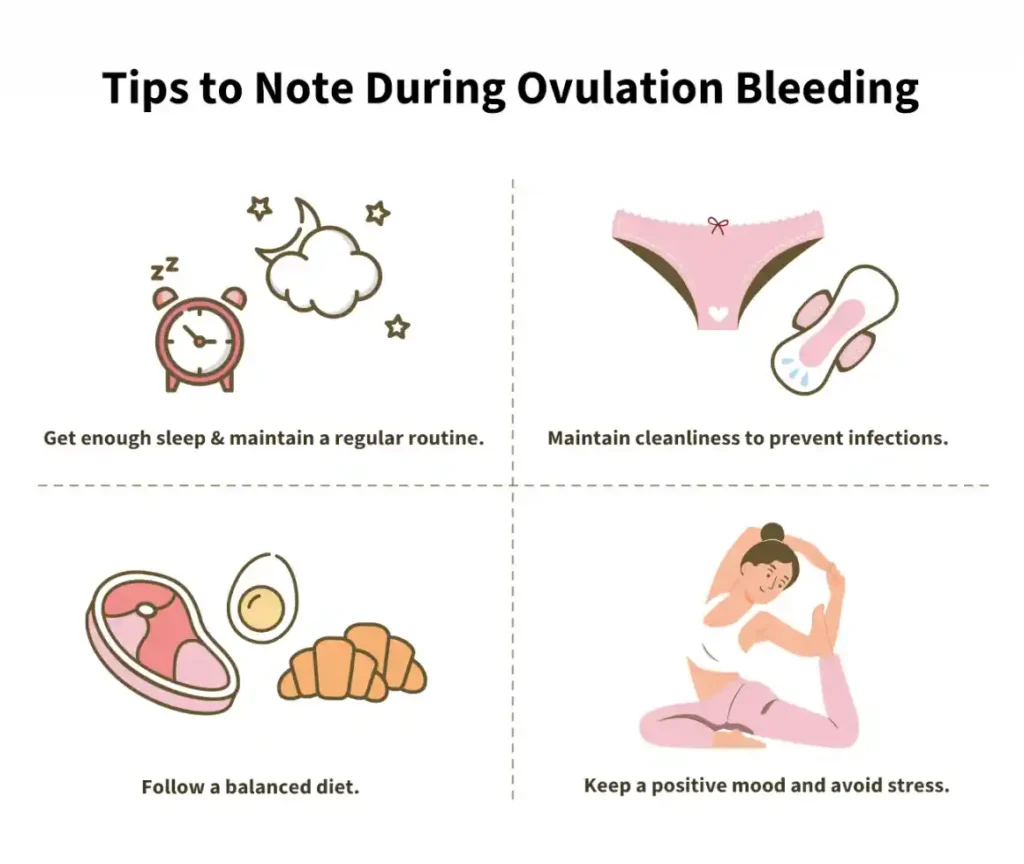
Other Reasons for Bleeding Between Periods
Not all mid-cycle bleeding happens because of ovulation. Sometimes, bleeding between periods can be linked to other factors.
1. Implantation Bleeding (Early Sign of Pregnancy)
If you notice light pink or brown spotting about a week after ovulation, it could be implantation bleeding. This happens when a fertilized egg attaches to the lining of your uterus. The bleeding is usually very light and lasts only a day or two. It’s one of the earliest signs of pregnancy, but it’s easy to confuse with ovulation spotting.
2. Hormonal Birth Control Changes
Starting, stopping, or missing doses of birth control pills can cause temporary spotting. This happens because your hormones need time to adjust to the change. Even switching to a new type of hormonal contraception, like an IUD or implant, can cause a few cycles of irregular bleeding. If this continues, your doctor can help adjust your prescription or dosage.
3. Stress or Rapid Weight Loss
Emotional stress or sudden weight changes can affect your hormones and lead to bleeding between periods. Stress can interfere with the signals your brain sends to your ovaries, which may cause early or unexpected spotting. Maintaining a balanced routine, proper rest, and good nutrition can help stabilize your cycle over time.
4. Perimenopause
As women approach menopause, hormone levels naturally fluctuate. This phase, called perimenopause, can cause irregular bleeding or spotting at random times. You may also notice other symptoms like hot flashes, mood changes, or trouble sleeping. These changes are normal but can be managed with medical support if the bleeding becomes bothersome.
5. Uterine Fibroids or Polyps
Sometimes, noncancerous growths like fibroids or polyps can develop in the uterus. They can cause spotting, heavy periods, or bleeding between cycles. While they’re usually harmless, they can become uncomfortable or lead to fertility issues if untreated. A doctor can diagnose these through an ultrasound or a simple pelvic exam.
If you experience spotting two weeks after your period or outside your regular cycle, your healthcare provider may suggest getting a Pap smear or other simple tests. These checks can help identify the exact cause and ensure your reproductive health stays in balance.
Tracking Ovulation and Fertility Tips
Monitoring your cycle helps you understand your fertility and spot any irregularities early. Here are some tips:
- Track your basal body temperature daily
- Observe cervical mucus changes
- Use fertility tracking apps for accuracy
- Note any spotting patterns in a period tracker
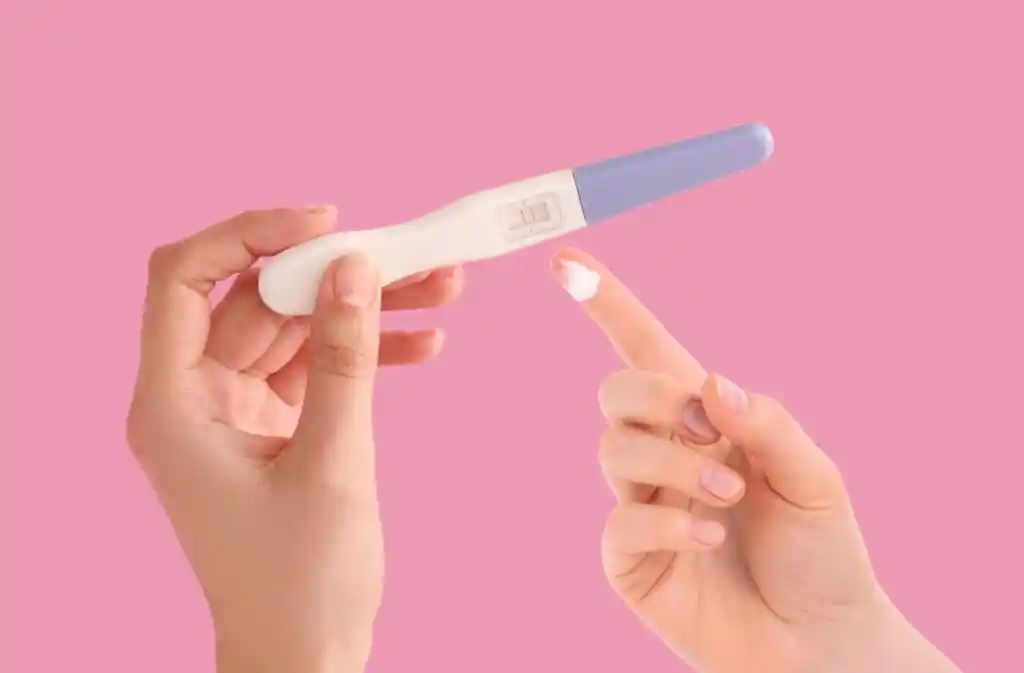
When to See a Doctor
While spotting during ovulation is usually harmless, it’s important to pay attention to your body’s patterns. You should see a doctor if the spotting becomes heavy, lasts longer than two or three days, or happens frequently between periods.
Conclusion
Spotting during ovulation is often a normal part of your menstrual cycle, caused by hormonal changes as your body releases an egg. However, it’s always wise to stay in tune with your health and notice any unusual patterns or discomfort. If you’re ever uncertain about the cause of spotting or experience other symptoms, consulting a healthcare provider can give you clarity and peace of mind. For professional care and guidance, you can always count on NovaMed Urgent Care to help you understand and manage spotting during ovulation safely.


